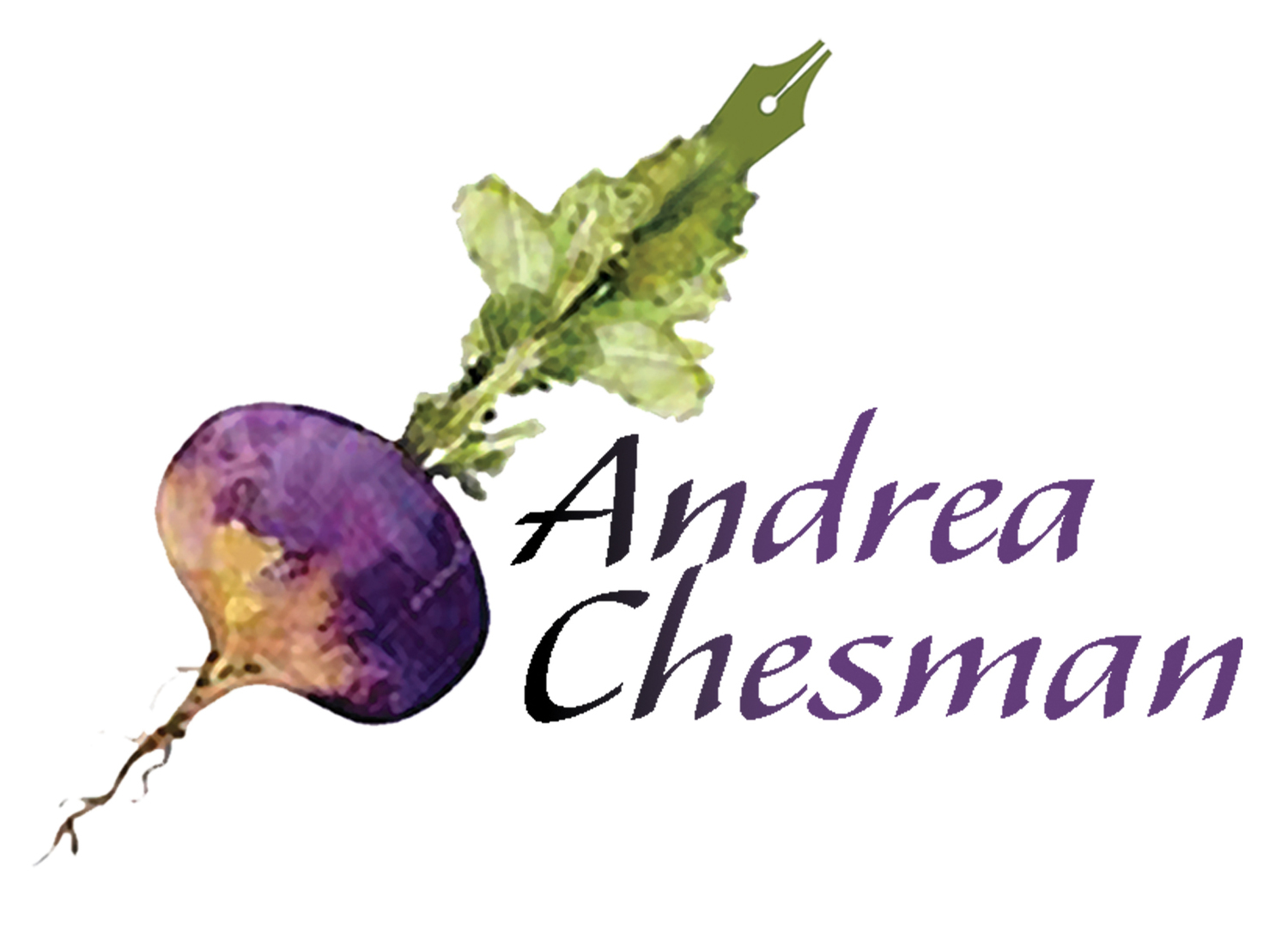Strawberries!Yesterday I finished writing a book on kitchen skills for the backyard homesteader, and today I celebrated by…making strawberry jam.
Making jam
Strawberries emit a siren call in late June, early July. The first fruit of the season, and they exert a powerful call to those of us who have been making due with last summer’s bounty that we stored away. Until it was all gone. Though I wouldn’t be surprised if there was an errant bag of blueberries hiding behind the lamb I recently bought. My freezer management skills are nothing to boast about.
I digress.
So even though I was under great deadline practice, I made time to go to Norris’s Berry Farm in Monkton, Vermont, with my friend Andrea, and we each picked about 15 pounds, effortlessly. It was a perfect June day, and the strawberries were at that stage where the biggest berry in each cluster was ripe, along with several others. It seemed we were picking in a row that hadn’t been picked over this season.
I am strawberrying through my days. Just strawberries with a little sugar and crème fraiche first. Then fresh strawberry pie. Strawberry jam this morning.
The perennial question with summer jams is whether or not to add pectin and which to use. Pectin occurs naturally in fruit; it contributes to the structure of the cell walls. As the fruit ripens, the pectin degrades, which is why under-ripe (hard) fruits have more pectin than overripe (soft) ones. The old-fashioned way is to cook the fruit slowly, slowly, slowly, until most of the liquid is either evaporated out or has combined into a gel in the presence of pectin. High-pectin fruits, like blackberries, don’t take much time to make by this method. Strawberries, on the other hand, require so much cooking that in the end you are left with a miniscule amount of jam with caramelized sugar notes.
Because it is such a hot day, because I just liberated myself from one deadline, I decided to go with the convenience of a store-bought pectin.
Commercial pectin, like homemade pectin, is extracted from citrus peels and seeds or apples and made into either a powder or a liquid. These pectins first hit the hit the market in the 1920s and 1930s; before that, people added pectin-rich fruits to jams when they wanted a firm set. The trick with commercial pectin, though, is that you have to follow the recipe from the manufacturer; brands of different commercial pectin are not interchangeable.
Those first—and still popular—pectins to hit the market—Sure-Jel and Certo—were formulated to be activated by white sugar and acid. They required almost as much sugar by volume as fruit. Enter Pomona’s Universal Pectin, most frequently found in natural food stores and sold online It allows you to sweeten to taste. Sales took off. And many, many jam makers adopted Pomona’s as their go-to brand. Pomona’s pectin is activated by calcium (included in the box). It is a little fussy to use in my opinion, but works fine.
Since Pomona’s became successful, and since sugar is Public Enemy No. 1, and since a lot of people prefer jams that taste like fruit, not sugar, other manufacturers have come up with their own no-sugar and low-sugar versions. I have a favorite brand: Ball’s Real Fruit Pectin for Low or No-Sugar Needed Pectin. It is ridiculously easy to use and gives a nice, soft set. At the website freshpreserving.com, which is Ball’s online store, they have a jam and jelly calculator that lets you pick the fruit and the pectin to use and calculates how much of everything to use. It is quite handy. And here’s the thing: As much as I prefer to avoid commercial products, using a commercial pectin gets me out of the kitchen much faster on a day like today.
Strawberry jam on toast
Toast anyone?
Fresh Strawberry Pie
Fresh Strawberry Pie
This recipe comes from my 2009 book, 250 Treasured Country Desserts, co-written with Fran Raboff. I don’t think a finer pie can be made this time of year.
6 cups fresh strawberries, hulled and halved if large
One 10-inch pie crust, baked
2 tablespoons fresh lemon juice
2 teaspoons unflavored gelatin
1 cup white sugar
1/4 cup cornstarch
1/8 teaspoon salt
1/2 cup water
1. Place 2 cups of the berries in a food processor and puree. Set aside.
2. Arrange half of the remaining strawberries in the baked pastry shell.
3. Sprinkle the gelatin over the lemon juice in a small bowl and let soften.
4. Whisk the sugar, cornstarch, and salt in a heavy saucepan. Whisk in the water and pureed berries. Bring to a boil over medium-high heat, stirring constantly. Boil for 1 minute. Remove from the heat and whisk in the softened gelatin until smooth.
5. Pour half of the strawberry sauce over the strawberries in the pastry shell. Shake the pan gently to evenly distribute the sauce. Add the remaining uncooked strawberries. Spoon the remaining strawberry sauce evenly over the berries. Chill for at least 4 hours, up to 8 hours before serving.
